From Proposal to Reality: How to Spot Programs That Actually Work
A grant proposal can look polished, inspiring, and perfectly aligned with a foundation’s mission. But proposals don’t always reflect reality. Programs that sound impressive on paper may lack the structure, resources, or leadership to deliver results in the real world.
For foundations, the challenge is clear: how do you separate well-written promises from programs that will actually create measurable, lasting impact?
1. The Limitations of Paper Proposals
Proposals are designed to persuade. They highlight strengths and minimize weaknesses. Without deeper analysis, foundations risk funding:
Programs with unrealistic timelines or budgets.
Efforts that lack qualified staff or clear leadership.
Ideas that are compelling but untested.
Projects that cannot be measured or scaled.
When this happens, foundations may end up supporting programs that collapse under real-world pressures.
2. Key Indicators of a Strong Program
To move beyond paper, foundations should evaluate:
Clear logic model: Does the program explain how activities lead to outcomes?
Measurable goals: Are outcomes specific, trackable, and realistic?
Staff expertise: Do team members have the skills and experience to deliver?
Community fit: Does the program respond to actual community needs?
Budget alignment: Are costs realistic and resources sufficient?
Strong programs demonstrate not just vision, but structure.
3. Testing Feasibility
Before awarding funds, it helps to test a program’s feasibility:
Review prior results or pilot projects.
Assess whether timelines are achievable.
Compare proposed costs with industry norms.
Speak with staff or stakeholders for on-the-ground perspectives.
This due diligence ensures foundations fund programs with a real chance to succeed.
4. Why This Matters for Foundations
Spotting strong programs protects both money and mission. It allows foundations to:
Fund initiatives that will produce meaningful results.
Build credibility as responsible stewards.
Strengthen long-term community trust.
Reduce risk of wasted resources and reputational harm.
The Bottom Line
Proposals may shine on paper, but foundations need to dig deeper to ensure funded programs deliver in reality. By evaluating feasibility, leadership, and alignment, foundations can direct resources where they will truly make a difference.
At Joe Co., we help foundations vet proposals with an eye for practicality and long-term sustainability — so every grant dollar goes further.
👉 Let’s talk about how smarter vetting can help your foundation fund programs that truly work.

